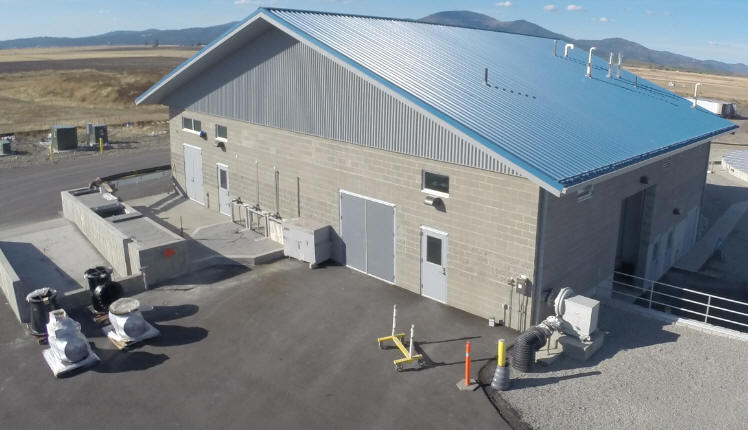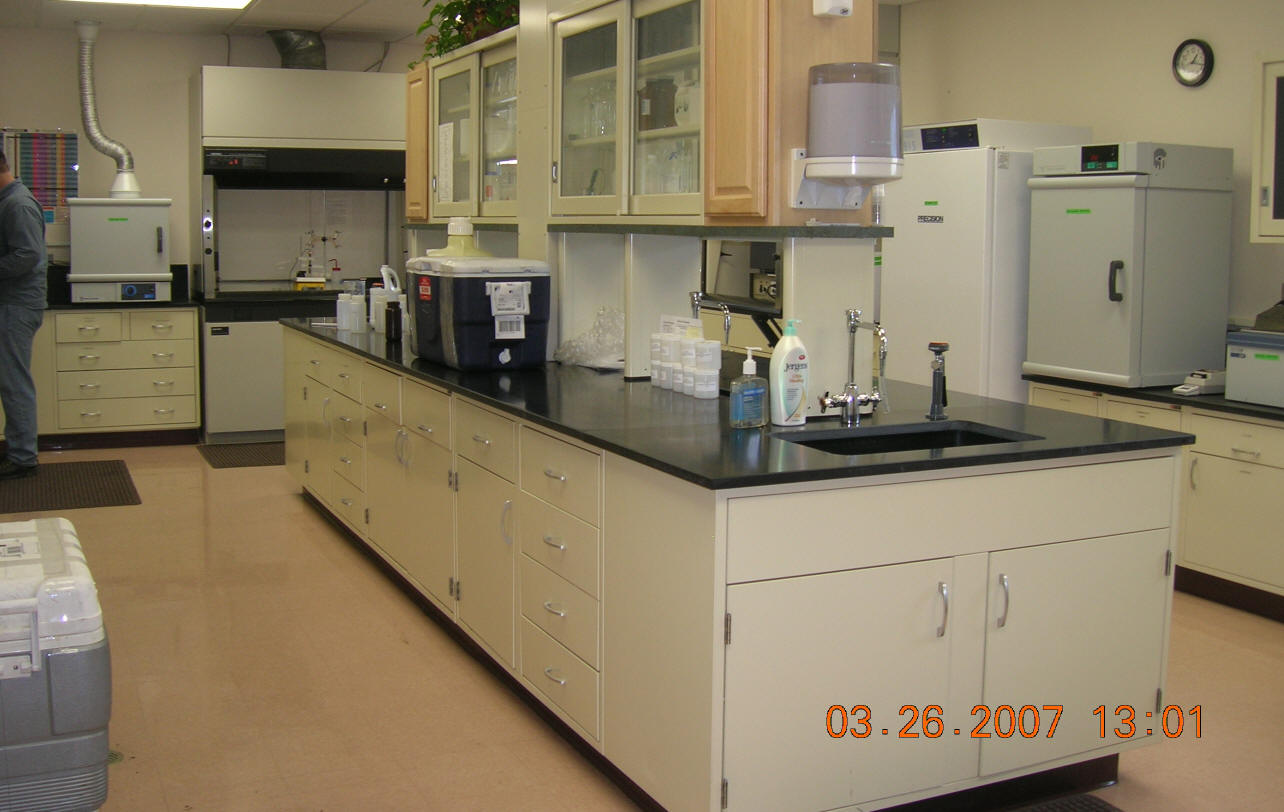
HARSB removes residential and non-residential pollution EVERY DAY !!
--
On the Average, each person in the U.S. contributes 50-100 gallons of wastewater
each day.
If we
don't remove pollution the river and aquifer become polluted and quality of
life in the valley
would decrease.
-- A Wastewater Treatment plant
removed solids: This includes everything from rags, sticks, rocks, sand, etc.
found in wastewater
-- A Wastewater Treatment plant reduces organic matter
and pollutants: Helpful bacteria and other microorganisms are used to consume
organic
matter in wastewater. The bacteria and
microorganisms are then separated from the water
-- A Wastewater Treatment
plant restore oxygen: Treatment facilities help ensure that the water put
back into our lakes or rivers has enough
oxygen to
support life.
Note: While our lakes and streams clean water in much the
same way, wastewater treatment plants are faster and can handle more water.
This makes
treatment plants essential in areas where there's too much
wastewater for nature to handle alone.
Let Us Start a Basic Tour of the HARSB Facility:
Headworks:
The headwork's receives influent from the City of Hayden, Hayden
Lake Recreational Water and Sewer District, and Kootenai County Airport.

Inside the Headworks is the Step Screen and Grit System.
The Step Screen removes materials that should not be in the system. The material that is removed is sent to the Landfill.
Equalization Tank and Biological Nutrient Flow Control


The Flow Control Valve is set for a daily flow rate and is measured by a flow
meter. The set flow rate is at 1 million gallons per day to the biological
process.
Excess flows above 1 million gallons per day in the morning flows
into the equalization tank. In the afternoon and the middle of the night
when water flow rates
drop below 1 million gallons per day, water is pumped
from the equalization tank to maintain the constant flow and organic load to the
biological process.
Anaerobic Tanks and Anoxic Tanks

Oxidation Ditches

Surface aerators provide high oxygen aerobic conditions. Bacteria eat organics, consuming oxygen (02), and make more bacteria (solids) "Eating and Reproducing"
Clarifiers

Waste Sludge Holding Tank
The solids are removed from the Clarifier and placed in the holding
tank. Air is pumped into the tank to maintain high dissolved oxygen
condition to keep the solids
fresh and easier to dewater.
Chlorine Disinfection


Chlorine gas is added to water to make a strong chlorine
solution. Chlorine kills disease causing organisms. Water is
then recycled to the Spokane River during winter months
or to the Reuse Farm
during the growing season.
Fact: "Chlorine Disinfection is credited for the
large increase in world population growth in the 20th Century because it kills
disease causing organisms."
Screw Press (DeWatering)
Polymer is added to make the solids stick together and release water. The press squeezes the water from the solids making dryer biosolids (cake). Biosolids meet EPALaboratory

On site testing to control the biological process and monitor the water to insure it meets water quality requirements.